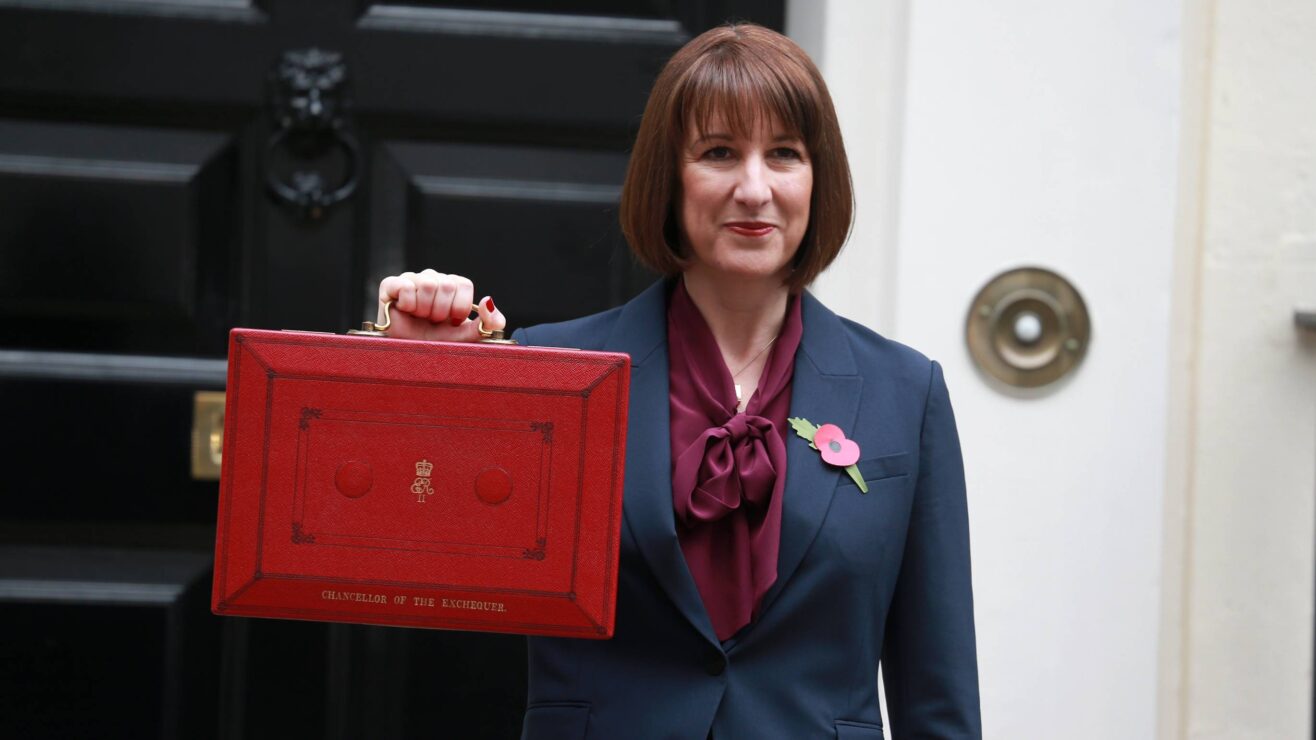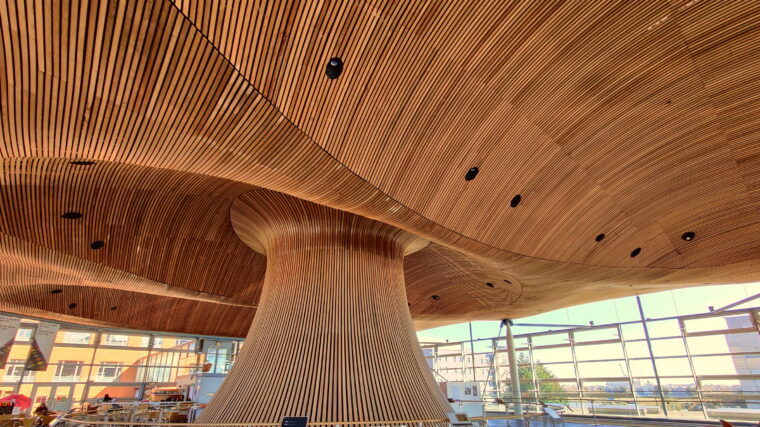In a busy working week “being creative” is often the thing that falls to the bottom of the priority list. The immediate pressures to accomplish tasks, respond to queries or meet deadlines feels like the exact opposite of an environment that facilitates creativity, which is frequently associated with the luxury of long uninterrupted periods of time to think and reflect.
But creativity is intensely practical. It’s needed to sustain personal motivation, fuel team connection and effectiveness, and grapple with organisational challenges. When we’ve spoken to educational leaders of universities who aspire to transform the curriculum or change assessment, we’ve consistently heard about the importance of making space for people to come together and co-create as part of sustaining a wider culture of innovation. But we’ve also heard from university staff who are feeling like there’s just not enough time or space in the day to engage with new ideas.
Universities that want to achieve their transformation plans and engage the creativity of their staff teams in making their strategies tangible recognise there’s a need to make space for discussion, insight and fresh thinking. That needs to happen at multiple levels – for example, individuals may need support to recognise their own creative preferences and to feel they have permission to carve out time for exploration. Teams need the freedom and licence to engage in their own semi-structured collaboration time, and managers need to be empowered to reach out to other teams to cross-pollinate ideas. The organisation as a whole needs to consider the spaces where people can connect, and the recognition afforded to those who role model innovation – ie those who can convert creative thinking into impactful practice.
Digital fluency can be a powerful catalyst for collaborative innovation. Katy Shaw, director of the UKRI/AHRC Creative Communities programme, has argued at a recent Adobe event and in an article for Wonkhe that “creative innovation means refusing to stay in your lane” – and that true innovation happens when disparate groups of people ally in a common cause. She made the case for transforming pedagogy to emphasise creativity and digital fluency – one reinforcing the other. “By helping to upskill students in digital fluency,” Katy says, “we can boost engagement, facilitate deep learning and empower them with the agency of transferable powers that can be applied creatively in other contexts.”
Her argument is a timely reminder not only of the creative opportunities and challenges facing students – opportunities that educators can help them prepare for by developing habits of innovative practice themselves – but the pressing need for better solutions to the more immediate problems facing universities and the communities they are situated within. Katy urges the higher education sector to champion digital and storytelling skills at every level of education, and to seek partners in other sectors to build coalitions for change:
Our education system and especially our universities have huge potential to create change and take on the challenges of tomorrow but we can not do this in isolation. No government can change the course of a nation in isolation. No company can generate products and develop solutions in isolation. The power of partnership is key to confronting the challenges that will define the world we live in and we need to start working and learning in more collaborative ways to facilitate these cross-sector connections.
There’s no magic bullet to help individuals or organisations be creative. Creativity is personal, in that it’s tied to individual motivations and preferences. But it is also cultural, in that the habits and practices of people in organisations create the context in which people can connect and engage in different ways. There are multiple ways to enhance the opportunities for creativity, but it takes people and teams to be able to reflect on what will work best for them. At the end of the day it doesn’t really matter what the approach is as long as people feel motivated and engaged in the conversation, the flow of ideas and innovation is visible across the organisation, and there’s a tangible impact on practice, relationships, and organisational objectives.
In December, to inform an Education Espresso session on making space for creativity in pedagogy we asked our Education Espresso community for feedback on what helps them personally be creative, what the most productive spaces for pedagogic innovation in their organisations are, and how their institution could better support pedagogic development and innovation. We heard back from 57 different individuals, the vast majority academic or professional staff in a university – and while we’re not claiming we’ve captured every angle on creativity with those responses, there was enough there to get us thinking about the diversity of approaches to supporting creativity in universities and inform the conversations you may be having in your own institutional context.
Personal creativity and pedagogic innovation
Time and space to think or reflect remains something that is valued as an opportunity for creativity but it’s by no means the only thing. The physical environment can enable some people – respondents mentioned getting away from the desk, being in a creative space like a studio, going for a walk, or just finding a quiet, comfortable space with a nice view. Physical comfort is also important – being relaxed, having eaten, being rested and hydrated, and playing music were all possible contributors. So even if structurally there is little additional time available there may be other opportunities to find flexibility in the working day to change physical environments, take breaks from digital devices, seek or offer appropriate support with building personal networks, or even set up a hydration station if there’s not one nearby.
But while these things are certainly nice to have, creativity really only makes itself manifest when it is applied to solving a sufficiently engaging problem. Respondents said that having an “intellectually challenging problem to solve” can be a motivator for creativity – expressed as being “met with problems, barriers, or limitations,” being in “uncharted water” or when something “unique needs to be investigated.” The start of a project or developing new materials is recognised as a moment for creativity and exploration, and “play[ing] with ideas.” Along with a properly juicy problem or objective, people want sufficient “freedom to experiment” to think about a problem from different angles and to try out different approaches.
While some yearn for solitary creative time, many say they are most personally creative when “inspired and motivated by others” and relish the exchange of ideas with colleagues, being “surrounded by like minded people,” getting to “talk to interesting people,” and being “able to bounce ideas around with others.” When asked about the spaces that are most productive for pedagogic innovation, respondents offered many different contexts – team meetings, professional development spaces or exposure to colleagues’ innovative practice, focused one to one conversations, or informal spaces such as coffee areas or the canteen. In some cases people’s focus was on close colleagues and the deeper interrogation of shared experiences and challenges, but others emphasised the value of hearing different perspectives through collaboration across teams, and with students.
How institutions can support pedagogic development and innovation
When we asked how higher education institutions can better support pedagogic development and innovation, as well as expressions of hope for more time, answers focused on how institutions champion and realise in practice values around promotion of innovation, tolerance of honourable failure, and recognition of effective cross-departmental working.
Provision of conceptual and literal space for collaborative discussion such as “visual creative spaces,” and bringing people together, for example by “encouraging ‘show and tell’ and discussion sessions” and fostering “staff-student communities of practice with clear goals and agenda” were also suggested as enabling the kind of productive creative thinking that supports change in practice.
But while these kinds of measures send a positive signal about an institution’s commitment to realising the creative potential of the academic community, and create opportunities for staff and students to develop habits of co-creation, where there is a strategic agenda at stake there’s something quite important about taking a problem-led approach.
One thing that jumped out from responses was support for a clear strategic direction and focus; working on defining the set of challenges the institution aims to overcome or the aspiration for education change and then, in parallel, working through the conditions that will allow staff and students to exercise their creativity in responding to those challenges or aspirations. As some respondents pointed out, this very much involves trusting staff and/or students to exercise their creative freedom responsibly and avoiding over-management of “minutiae”.
Bringing innovation to life
One way we’re seeing creative thinking roll out in practice is in a challenge we’re aware lots of universities are wrestling with right now: rolling out assessment change, bringing in more diverse, authentic, and flexible ways of assessing students, catalysed by the rise of generative AI tools. At Bath Spa University – one of Adobe’s seven UK-based Creative Campuses – director of learning innovation, development and skills Helen King says that developing authentic assessment draws on student creativity, evokes their curiosity, and builds their academic confidence. “Accepting the default” of the essay assessment deprives both staff and students of opportunities to apply creative thinking to the challenge of finding different ways for students to demonstrate their understanding and achieve the learning outcomes. The challenge of adopting a wider range of assessment options – including those that ask students to mobilise image, and video, as well as text – is a great example of a well-defined problem that, with the right support, should exercise the creativity of staff and students alike.
Nobody wishes their working day had less space for creativity – but not everyone has the practical tools to find the possibilities for exercising creativity in practice. To realise strategic change at scale, universities will need to find ways to facilitate and value creativity across – and beyond – the organisation. As one survey respondent put it, rather than “all the things we get habituated into doing” the real work happens when organisations are attentive to “possibilities, looking up, not using spreadsheets, dreaming, collaborating, musing and reconnecting to the possibility of education.”
This article is published in association with Adobe. Find out how Adobe can help your institution prepare students for the future.












